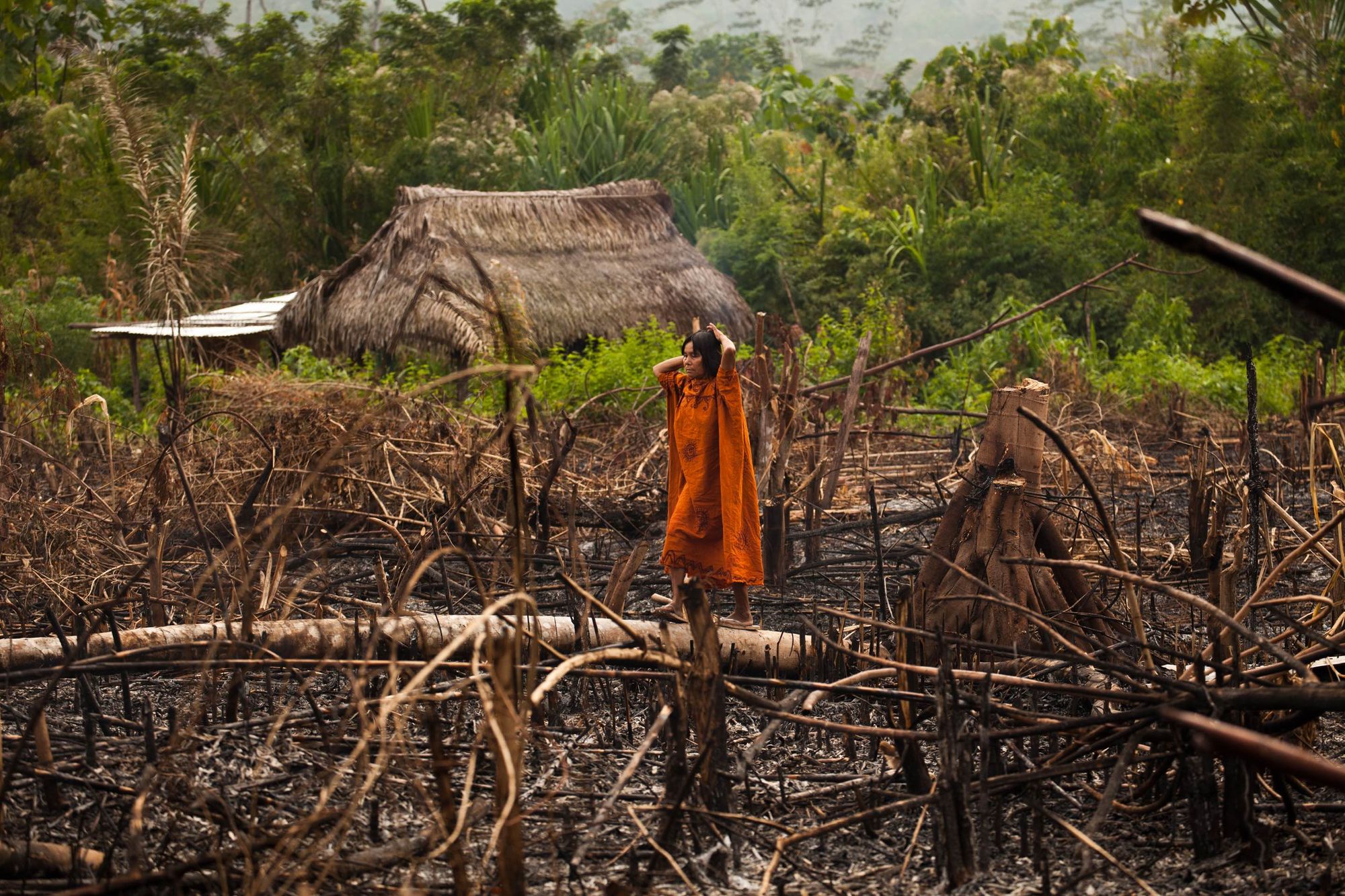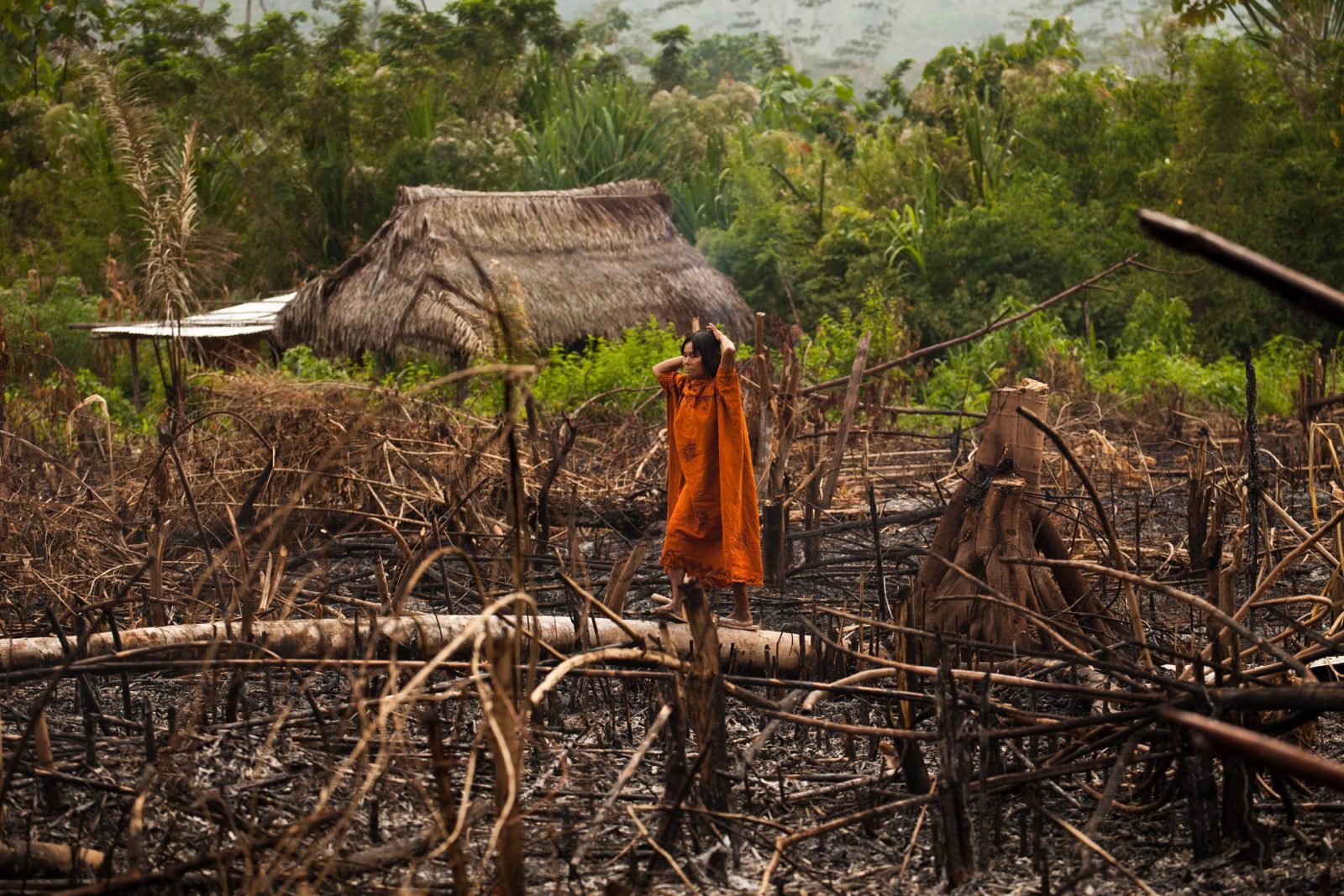
Ever since our inception, Much Better Adventures has been on a mission to conserve and protect the planet’s wild places. This is not some empty promise that we shine a light on once in a while to make ourselves feel better about actively partaking in the travel industry, it’s serious stuff, and we don’t take it lightly, not one jot.
Beyond our support for local businesses, which funnels 80% of your lovely money into the local economy compared to the woeful and traditional 5%, we also invest 5% of our revenues into supporting critical conservation projects around the world. But is this enough? No, it’s never enough, we can always do more.
At Much Better Adventures HQ we recently got to discussing exactly this, how can we continue to drive our mission? What’s going to make a real difference, what’s our next step?
Let’s say it like it is. Encouraging people to enjoy the world’s best experiences goes hand in hand with air travel – which is undeniably bad for the planet. We want to, HAVE to, take responsibility for the emissions generated by our customers, but we’ve never trusted the greenwashed ‘carbon offset’ schemes out there. There had to be a much better alternative…
Enter Cool Earth.
We have recently teamed up with leading climate change charity Cool Earth.
Cool Earth is paving the future of rainforest protection, where everyone can make a difference to climate change. Saving the rainforest is by no means a new idea, managing to affect actual change is.
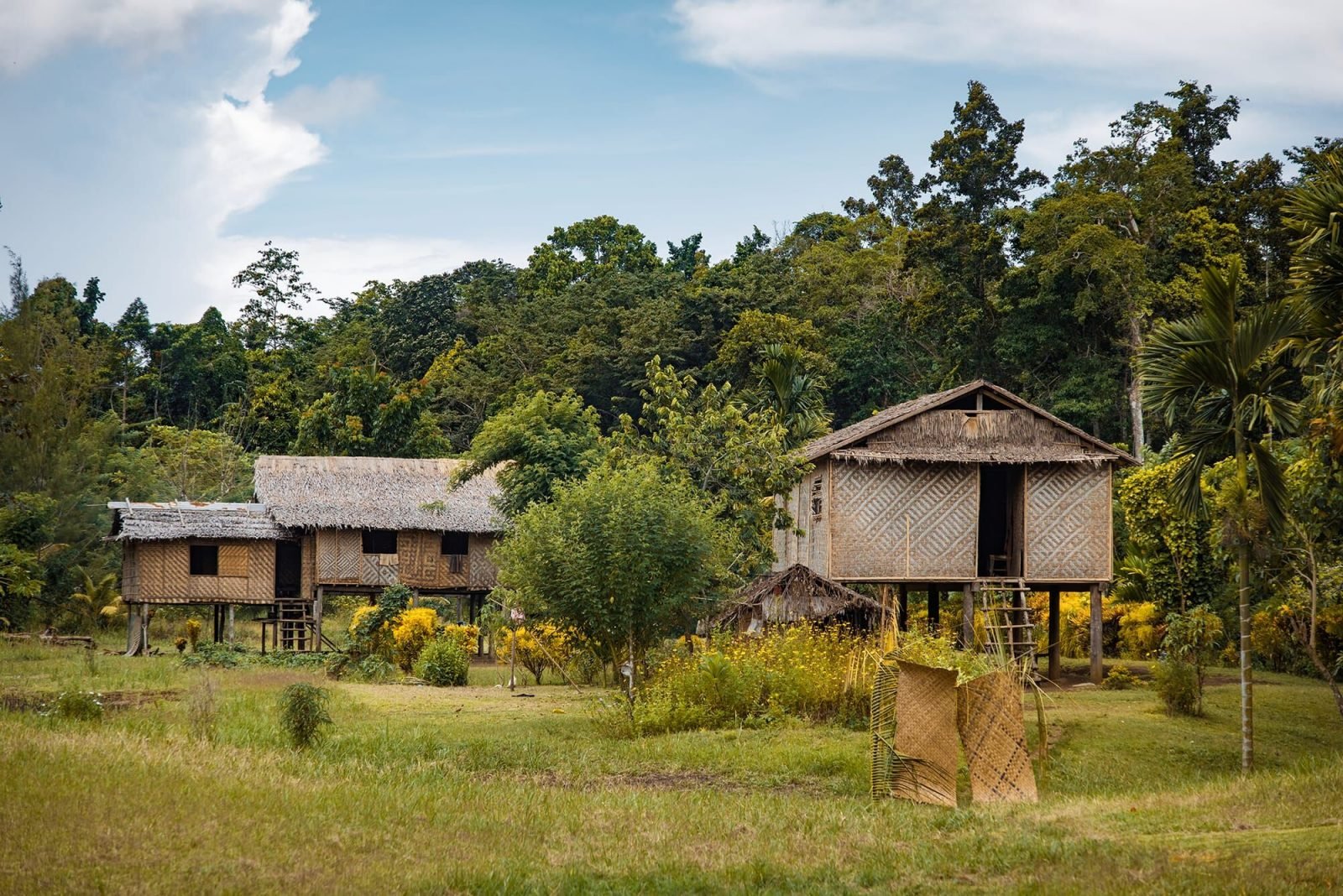
"Cool Earth is the non-profit organisation that works alongside rainforest communities to halt deforestation and climate change. With half of the world’s rainforest destroyed in the last 40 years, a new approach was needed to keep it standing, That’s why Cool Earth doesn’t create reserves, put up fences or buy land. Instead, they work to put local people back in control of their forest."
Why is Cool Earth different?
- It identifies where the threat of deforestation is at its greatest.
- It works in partnership with rainforest communities to halt deforestation and its impact on climate change.
- It only works with villages that approach them and want to form non-logging agreements.
- It puts locals back in control of their patch. They can then decide how and where to spend funds to drive activity, giving them the resources they need to keep their forest intact.
- It builds sustainable livelihoods to secure the long-term future of the rainforest, transforming some of the world’s most vulnerable communities, alongside better schools and clinics.
- Repeat. Repeat. Repeat.
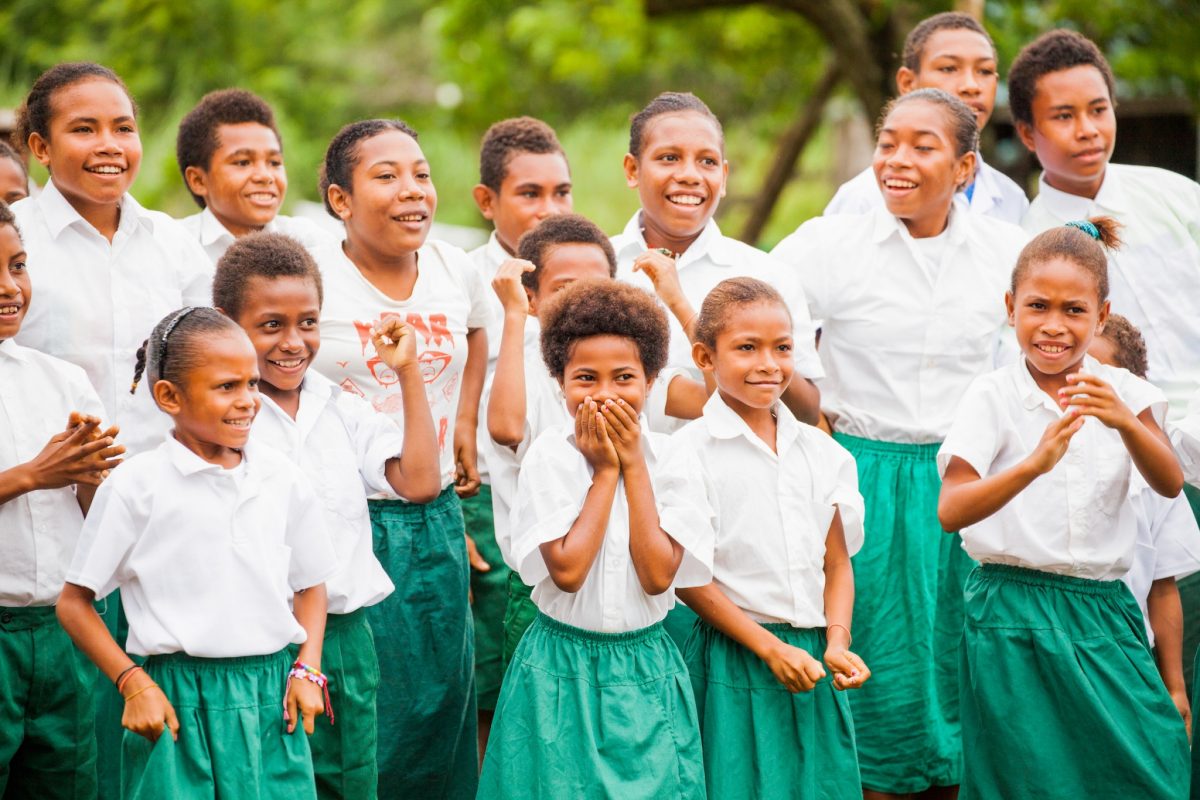
"Cool Earth was born right at the moment that small-scale deforestation began to become a huge problem. Back in 2007, little attention was paid by conservation groups to the crucial role that local people play in determining the future of rainforest. Cool Earth’s pioneering approach is to work solely with local communities: those that have the most to lose from rainforest devastation. Empowered households, villages and communities are able to stop small-scale rainforest destruction. They just need a helping hand."
Cool Earth’s impact so far, in numbers…
- The model has been successfully replicated in 3 of the world’s major rainforest biomes.
- 116 village partners across the planet, and counting.
- 901,000 acres of rainforest protected from deforestation.
- Safeguarding the habitats of 80+ species on the IUCN Red List.
“Our partnerships grow by word of mouth, with neighbouring villages asking to work with us too. As villages link up, a shield is formed to protect the forest behind.”
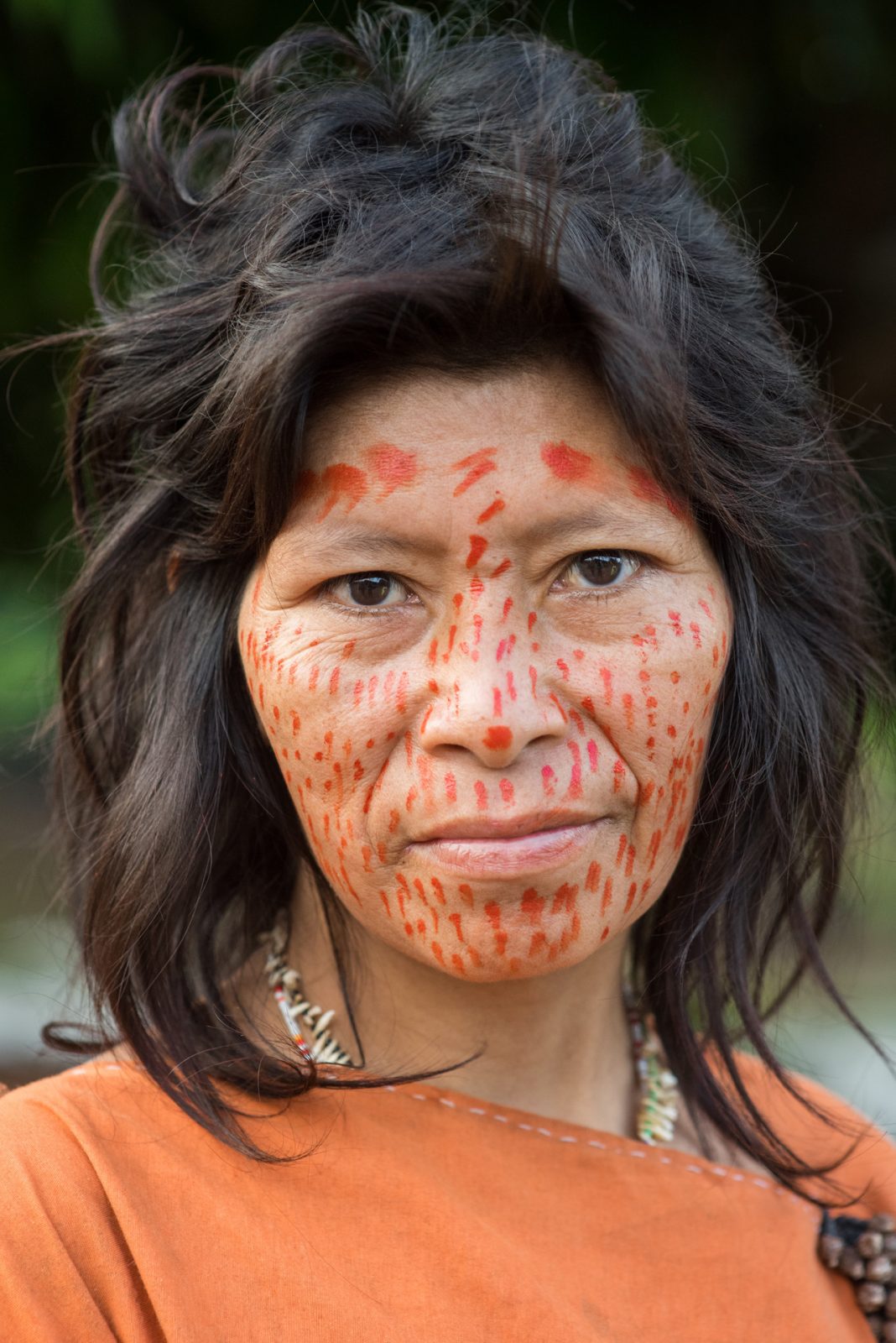
"The best hope of protecting the rainforest lies in giving more control to the 350 million people whose lives and livelihoods rely on the rainforest. Those who have been living within the forest for hundreds of years know more about protecting the trees than we ever will.
A huge body of research shows that modest investments for securing land rights for indigenous communities generate huge economic, social and environmental returns for local communities and the world’s changing climate. Yet too often, indigenous and rainforest communities have been persecuted, evicted and killed for their lands. Protecting their rights are how we protect their forest."
So what does the partnership mean to us and our customers?
Well, in a nutshell, it means that just by choosing to travel with us, you not only get to go on an awesome adventure but get all the feels involved in knowing that you’ll be actively enriching the lives of local hosts and rainforest communities across the planet – a double whammy. But don’t just take our word for it…
In the words of the great Sir David Attenborough, “Helping Cool Earth to halt tropical deforestation makes a real difference. Perhaps the biggest difference we will make in our whole lives.”
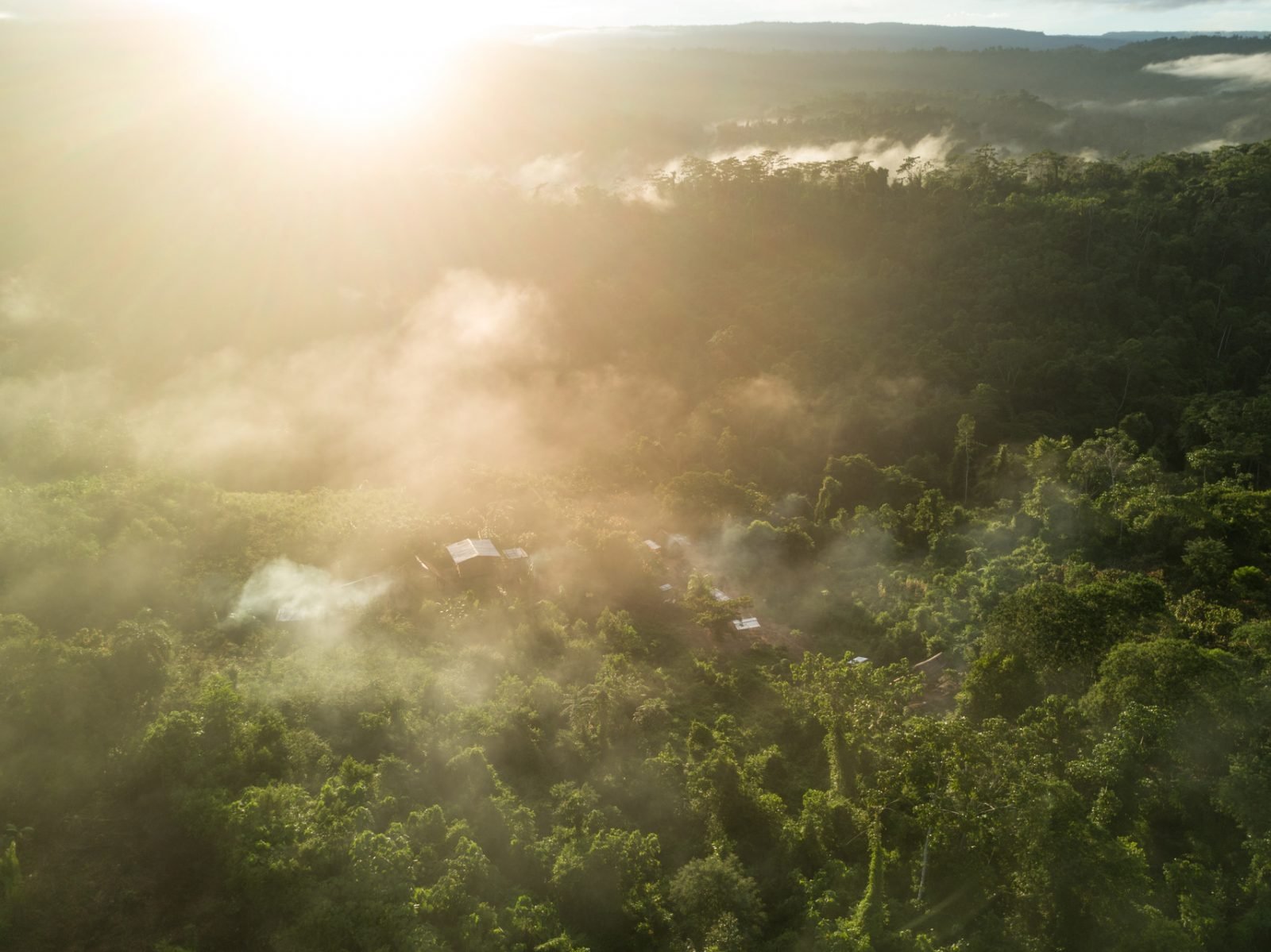
"Supporting Cool Earth helps to protect the world’s most efficient carbon store: rainforest. Today, deforestation contributes to more than 12% of all CO2 emissions. Carbon-storing, climate moderating rainforest is our best chance of keeping Earth cool. As, if temperatures rise too high, the rainforest will turn on us, becoming a source of carbon itself rather than the mediating natural wonder that it is. In fact, keeping an acre of rainforest standing locks in 260 tonnes of carbon. You’d have to recycle 2 million aluminium cans to have the same impact."
Big stuff. But how? you say.
Donations enable Cool Earth to protect highly endangered rainforest – saving trees that would ultimately end up lost to loggers. All those trees ‘lock up’ crazy amounts of CO2, effectively removing it from the atmosphere forever. And we all know that too much Carbon Dioxide spewing into the air is bad for the planet. In the past, the earth’s ecosystem could absorb it, but we’ve chopped too many trees down now, so the balance has now been tipped.
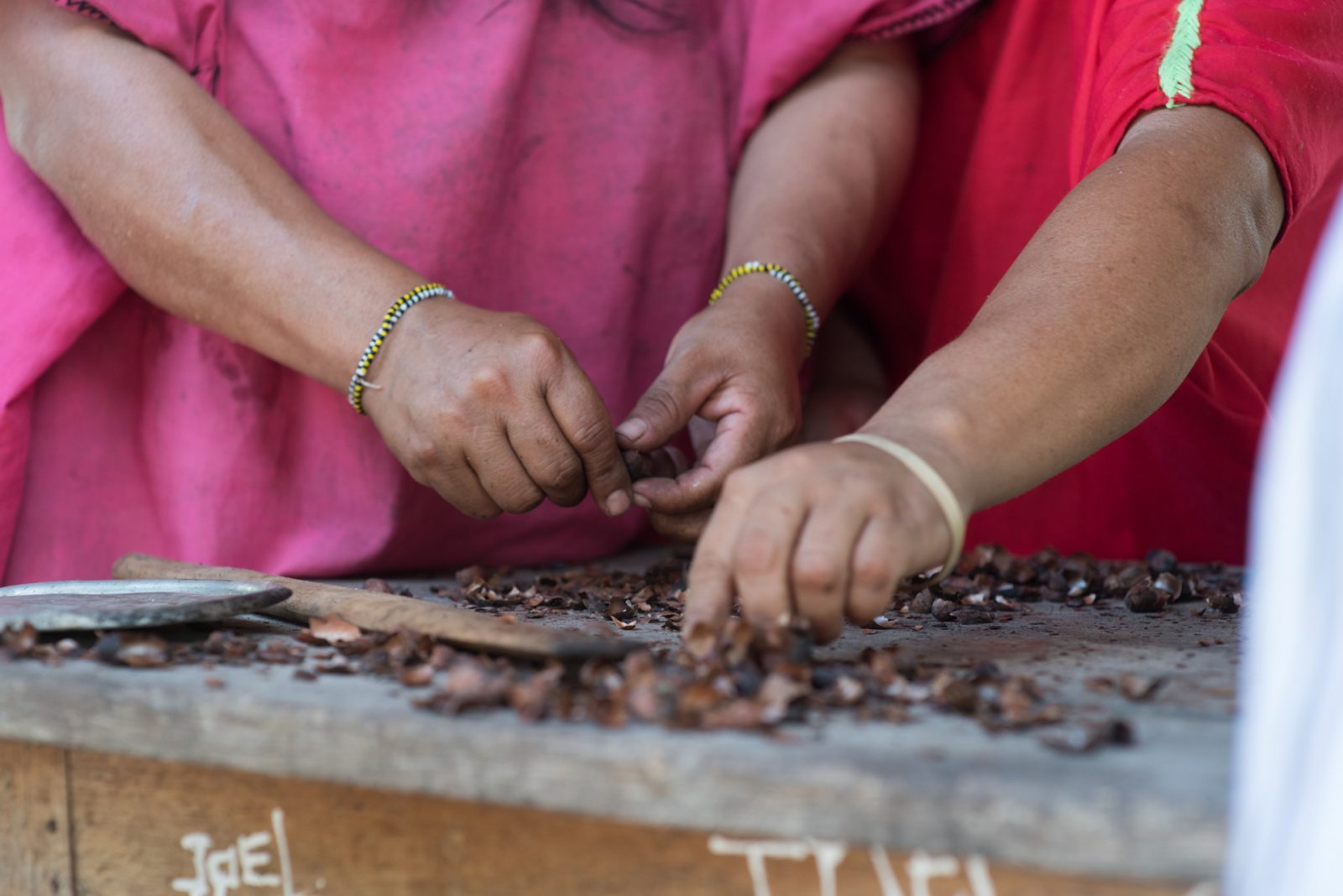
"By working to develop sustainable incomes from the forest, trees suddenly become more valuable with their roots in the ground. When a rainforest community’s only asset is its trees, there are few choices when emergency funding is needed. Cool Earth exists to offer an alternative. From sustainable cacao growing in Peru to coconut oil production in Papua New Guinea, establishing incomes that work with the forest, not against it, is helping to ensure that trees are kept standing."
Cool Earth has a very simple and highly cost-effective model. Just £2.50 (half a pint these days) = 10 trees saved = 10 tonnes of CO2 locked up for life.
As we mentioned above, we don’t take our mission to protect the planet lightly, so we donate 4 times the amount needed to mitigate the carbon generated by our customers every year.
So far we have saved 20,000 trees and counting.
But like we said, it’s never enough, so we ask you, our beautiful customers, to get involved in the fight.
We want to help save all the rainforests we can, so if you’ve taken a flight or two this year, and want to save some trees, you can contribute to Cool Earth yourself.
Lay down your pint glass, forgo that extra glass of wine, and buy a tree or ten.

